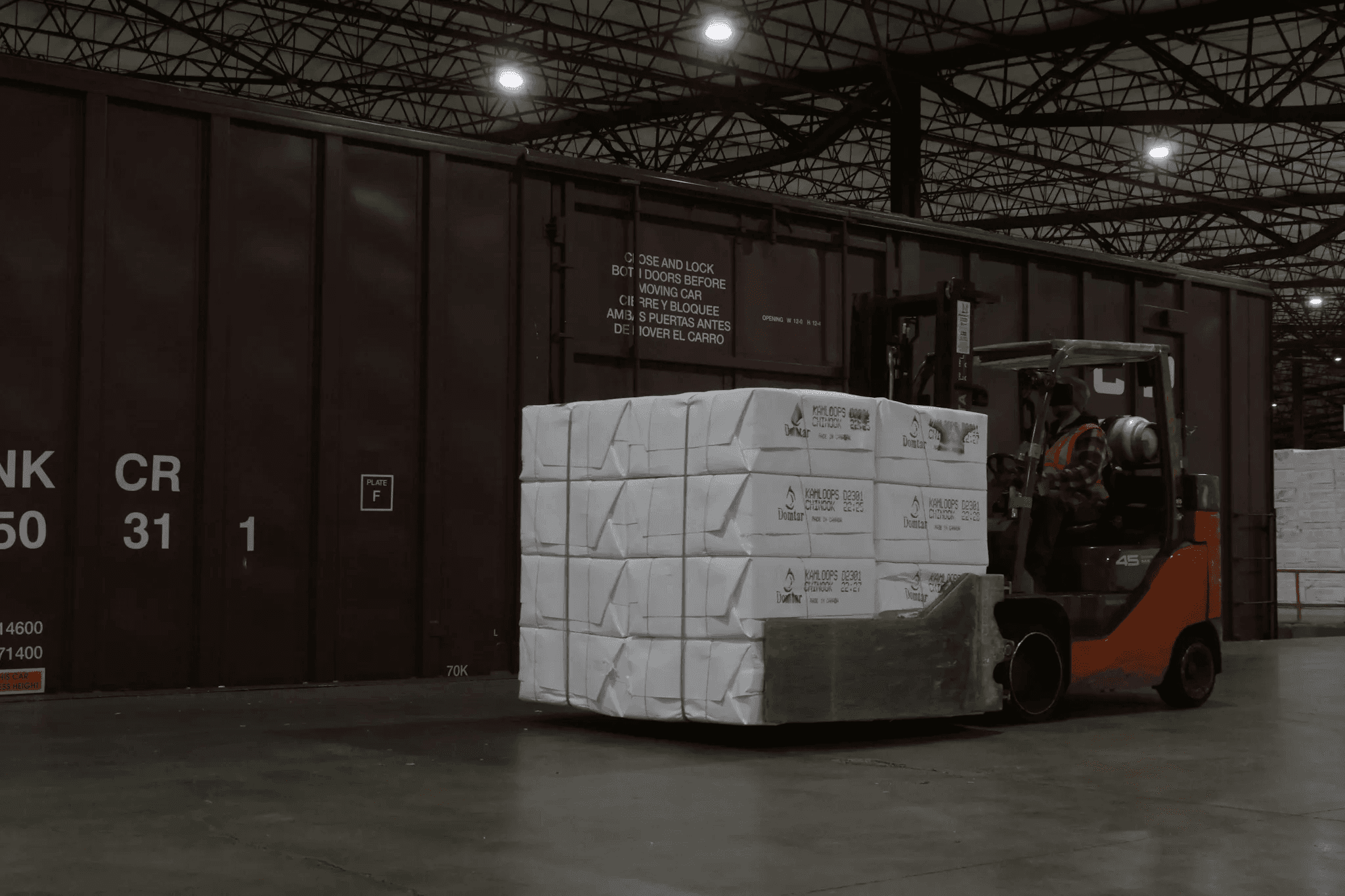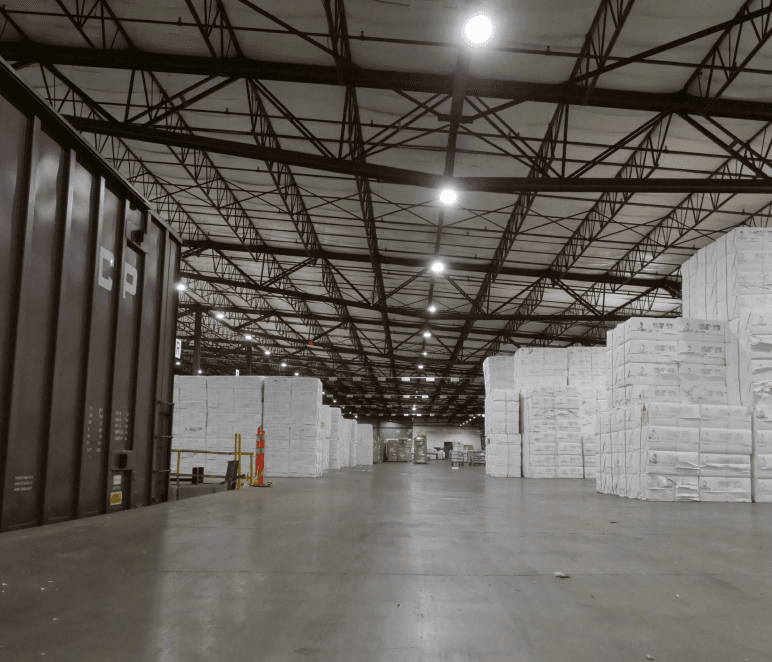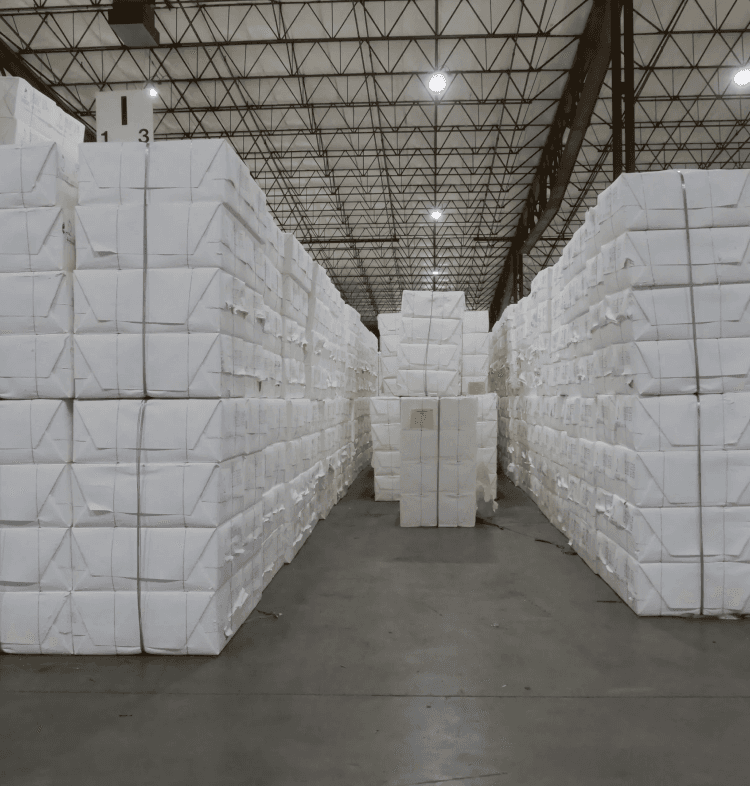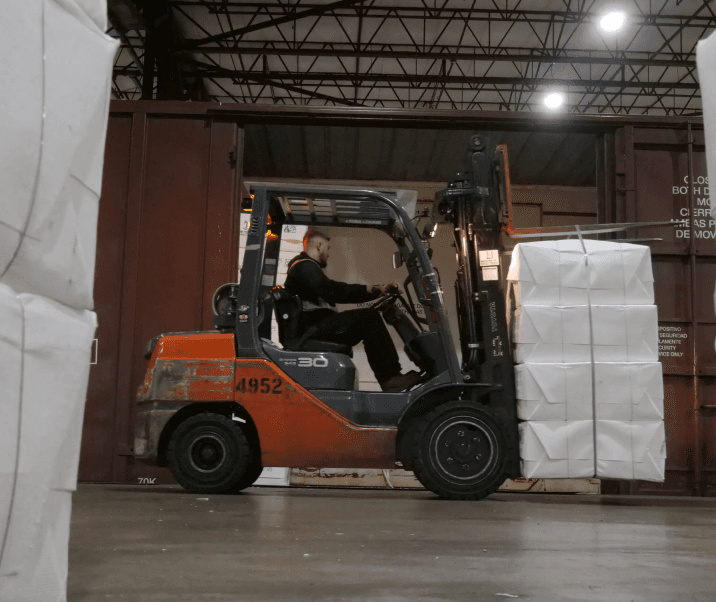Lumber & Pulp

Lumber and pulp are critical raw materials for the construction and paper industries.
The demand for lumber is closely tied to construction trends and housing markets, while pulp demand is influenced by the paper industry and the increasing popularity of sustainable packaging solutions.
The Canadian Lumber Industry
Lumber demand in Canada is tied to construction trends and housing markets. As one of the world's largest softwood lumber exporters, Canada must adapt to changing global markets and trade policies, such as U.S. tariffs and agreements. The housing market's fluctuations also impact lumber demand, with booms causing spikes and slowdowns leading to surpluses.
Pulp Industry Trends
Pulp demand is driven by the global paper industry, including traditional products and sustainable packaging. Canada's pulp industry thrives due to sustainable forestry practices, ensuring a steady supply and meeting environmental standards. The rise in eco-friendly packaging has boosted pulp production, making it a growing export for greener packaging solutions.
Transloading Lumber and Pulp

Climate-Controlled Storage Facilities
We understand the importance of maintaining product quality. Our climate-controlled storage facilities ensure that your goods are stored in optimal conditions so they are protected from temperature fluctuations and humidity.

Committed to Sustainability
WTC Group is also committed to sustainability, using recycled materials and optimizing logistics routes to minimize environmental impact.

Rigorous Handling Procedures
Our investment in high-quality tools and state-of-the-art technology allows for real-time tracking and management of shipments to enhance transparency and efficiency. Our clients can trust that their shipments will be delivered in a timely and secure manner.
Logistical Challenges
Both the lumber and pulp industries can face unique logistical challenges due to the nature of their products and the remote operating environments:
Transportation from Remote Locations
Much of the lumber and pulp production occurs in remote areas, meaning there aren't many major urban markets and ports nearby. Transporting these bulky and heavy commodities from isolated forests to processing plants and eventually to global markets requires extensive logistical planning and substantial transportation networks. The remote locations also increase transit times and costs, complicating supply chain management.
Handling and Storage Requirements
Lumber and pulp products need proper handling and storage to maintain their quality and prevent damage. Lumber must be kept dry and protected from the elements to prevent warping and rot. Pulp requires specific humidity and temperature conditions to avoid degradation. These storage and handling requirements necessitate specialized equipment and facilities, adding complexity and cost to logistics operations.
Environmental and Regulatory Compliance
Due to their ecological impact, the lumber and pulp industries are among the most heavily regulated. Compliance with environmental regulations for sustainable logging practices, transportation, and waste management is crucial to supply chain management for these commodities. These regulations can vary significantly by region and country, requiring companies to stay continually updated and compliant, which can be challenging and costly.